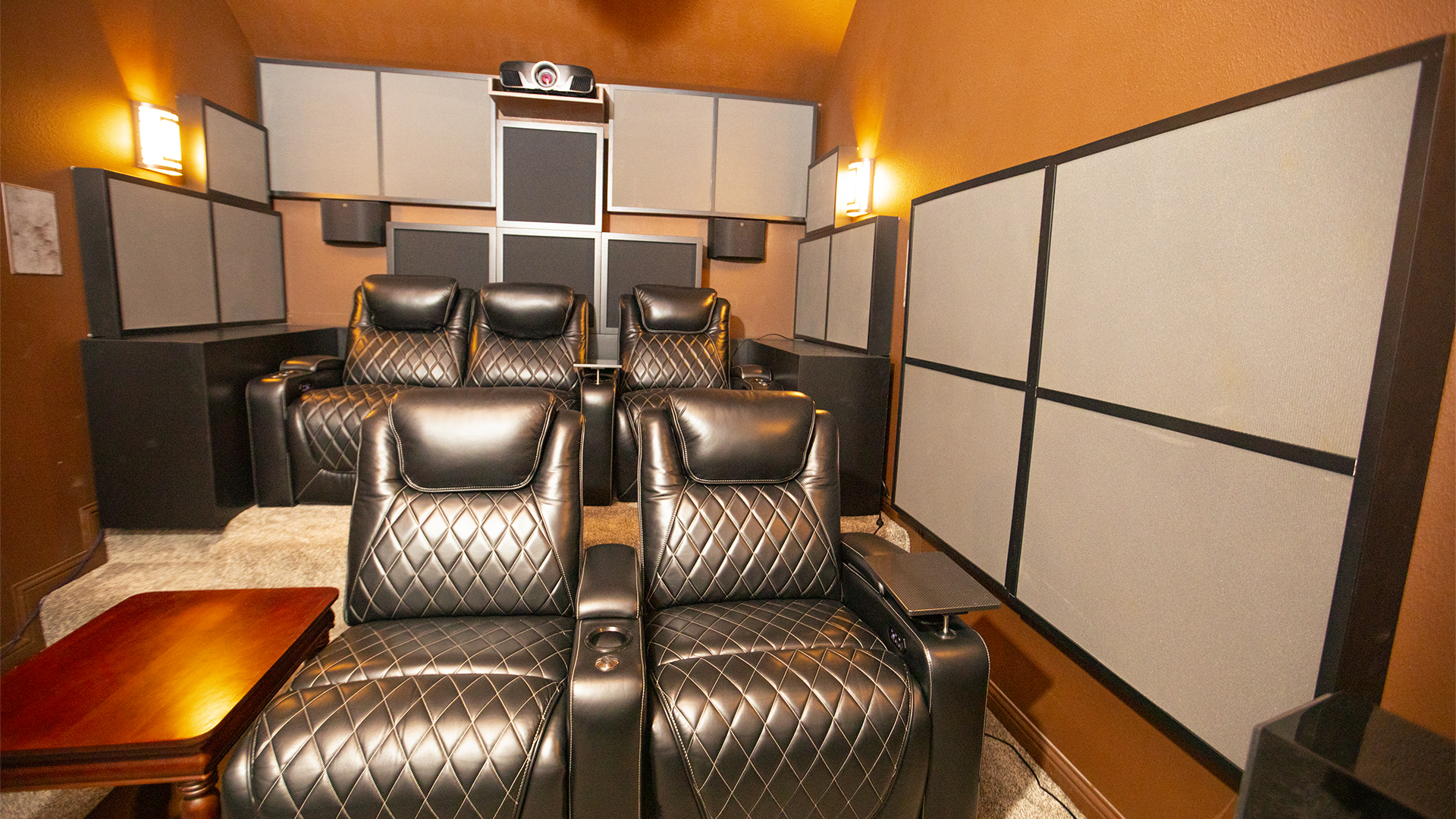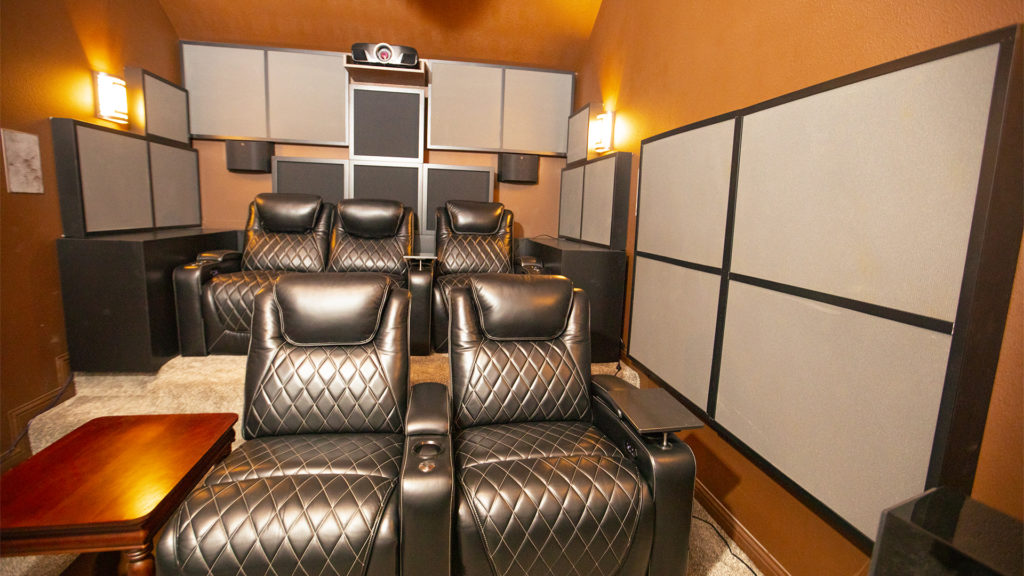
The search term sound traps is a term that is not descriptive of the function performed by sound absorption technologies. Sound is not trapped by anything. The term sound trap does nothing to describe the actual function that sound absorbing technologies actually use to mitigate sound. Sound is absorbed using a process that is termed molecular velocity. Sound energy moves across the surface area of a material type that hopefully is designed to absorb certain frequencies and the proper rate of absorption that will match the usage it is intended to achieve or treat.
Sound Traps Work Through Friction
As sound energy moves across the surface of the material type, friction occurs. Friction produces heat which is an energy transformation thus, absorption occurs. There is no sound trap in this equation.
https://www.acousticfields.com/product/carbon-panel/
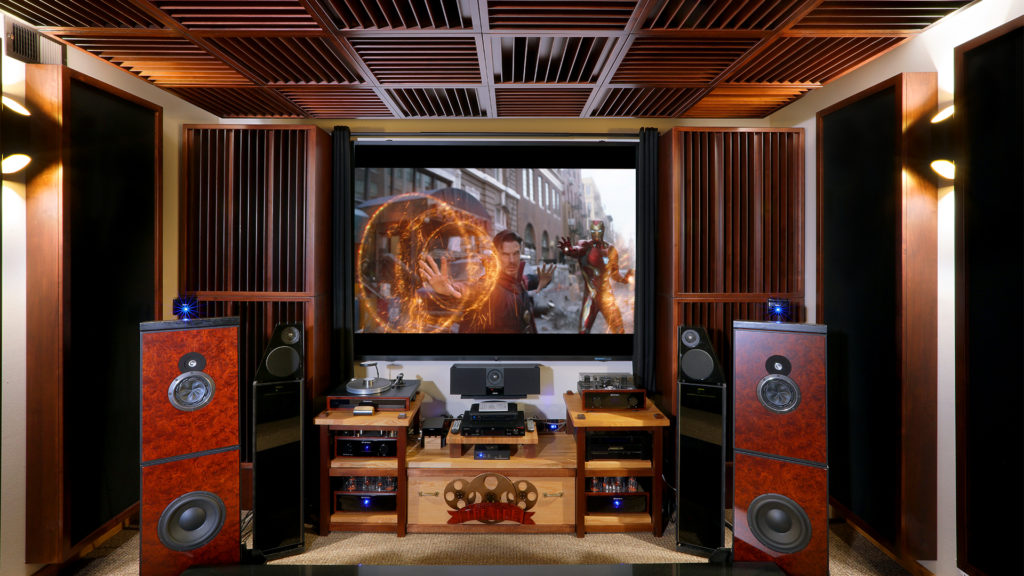
Sound traps is also a term that is used for low-frequency sound absorption processes. Nothing could be further from the truth. Low-frequency energy is not trapped by anything. Three things happen to sound energy. It is reflected. absorbed, or diffused. There is no process that would produce a sound trap. Low-frequency energy is 20 – 40′ long. Each wavelength below 100 hz. is normally longer than the room the energy is placed within.
Why Sound Traps Do Not Actually “Trap” Anything
You can not trap energy of this low frequency type in any technology known today. You can manage and mitigate but the term sound traps is more from the marketing department than the engineering side. When low-frequency pressure waves pass through a low frequency absorber, three things happen. Some of the energy is absorbed. Some of the energy goes through the unit and some of the energy is reflected back to source.
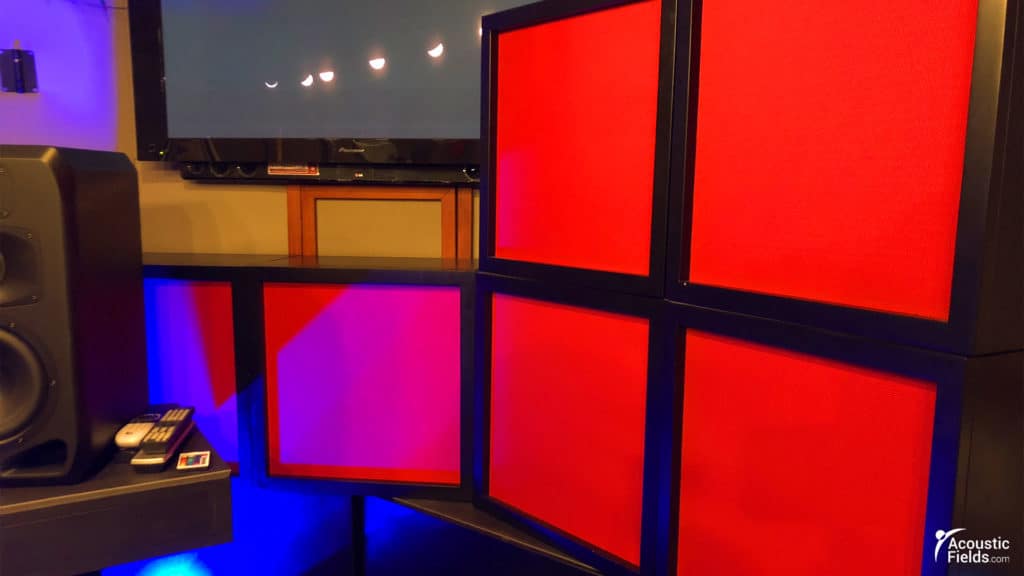
We must divide sound or frequency range into two main categories. We must group low-frequency, sound together in one grouping. This is low-frequency energy below 100 hz. The second grouping we will use is middle and high frequency above 100 hz. Both of these energy groupings have their own treatment requirements. The technology required to absorb energy below 100 hz. is not the same technology that is used to treat energy above 100 hz. There is no one size fits all as most companies would have you believe.
The Main Bass Absorber Technologies
There are three main technologies that our current laws of physics use to absorb lower frequency energy. We have diaphragmatic, membrane, and Helmholtz.
Diaphragmatic Absorber
Diaphragmatic is the most powerful per square foot, weighs the most and correspondingly costs the most.
Membrane Absorber
Membrane is the cousin to diaphragmatic and weighs less, performs less, and costs less.
Helmholtz Absorber
Helmholtz is more of a fine tuning technology that is frequency specific and has a narrow frequency range that it works within.
One would use diaphragmatic or membrane for most issues then fine tune using Helmholtz to polish up certain frequencies not captured by either diaphragmatic or membrane.
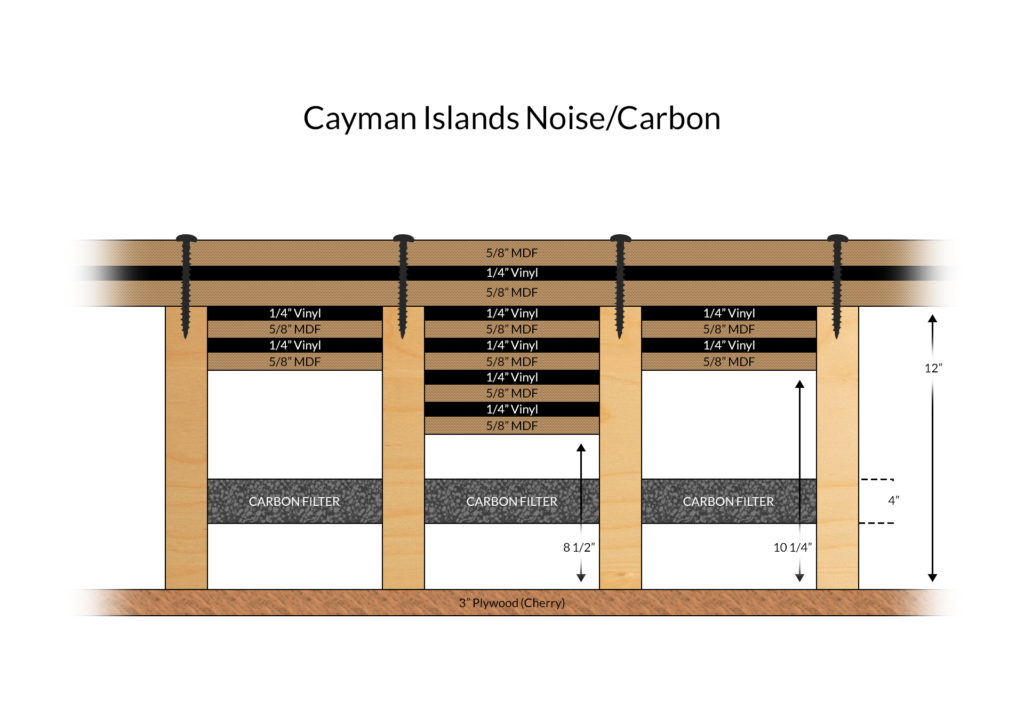
Diaphragmatic absorbers are not a corner sound traps. A DA works using sound pressure. A low frequency wave of energy is a pressure wave. When a subwoofer is producing low frequency energy it is doing this by generating a low frequency pressure wave that exits the cabinet and attempts to then fit within the room dimensions the subwoofer is placed within. The energy that comes out of a subwoofer is long wave energy that can be 20′, 30′, or even 40′ long.
Most Rooms Are Too Small
Most rooms do not have width, height, or lengths that will allow that long, low frequency wave to travel its full cycle distance. When that happens, the energy wave does three things. It folds back on to itself by reflection, it goes through the room wall, or it is absorbed by the wall or treatment type along the wall. Only the absorption part of this triade of energy processes is desired. The other two where it folds back upon itself or goes through the wall are termed distortion.
https://www.acousticfields.com/product/acda-10-studio/
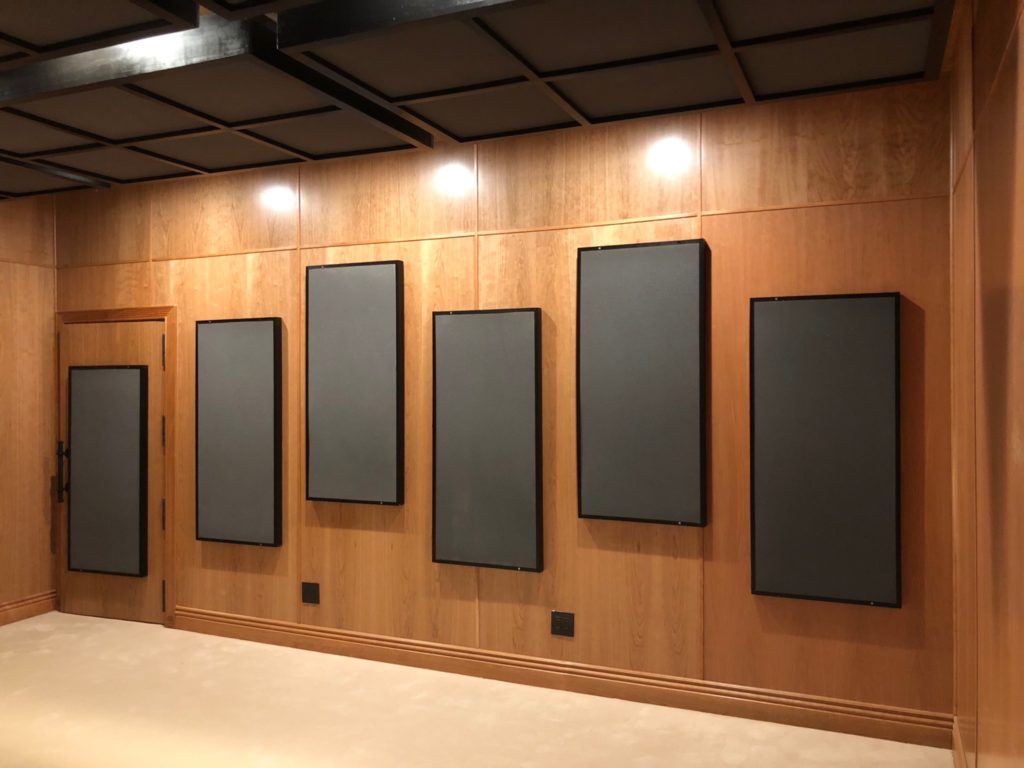
Middle and high frequency absorption technology works using air flow. The scientific term is molecular velocity. Ray energy which is shorter in length than low frequency wave energy does not oscillate like ocean waves. Ray or middle and high frequency energy moves in a straighter line like sunshine. It is responsible for the reflections from our wall surfaces, not the pressure “bass booms” we often hear in small rooms.
Use A Sound Trap To Reduce Reverberation
Middle and high frequency energy above 100 hz. produces reverberation within our small rooms. Reverberation is the summation of the reflections from all of our room surfaces. Each surface area within our rooms contributes 17% to the overall reverb times within our rooms. Reverberation is defined as how long a sound stays around within a room after it has been sung, spoken, or played.


